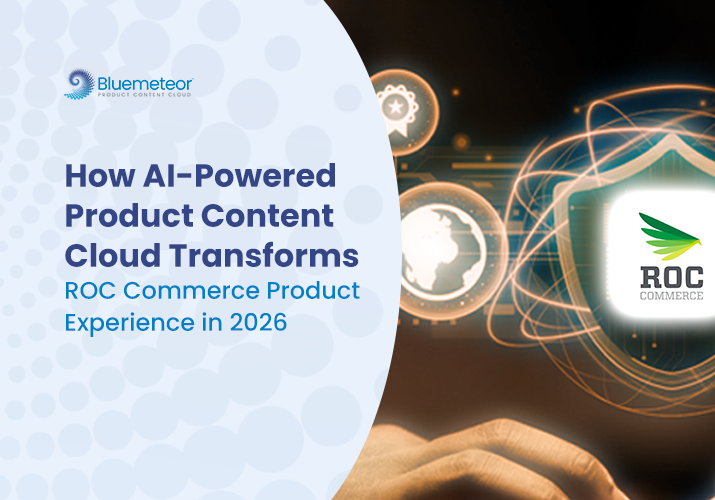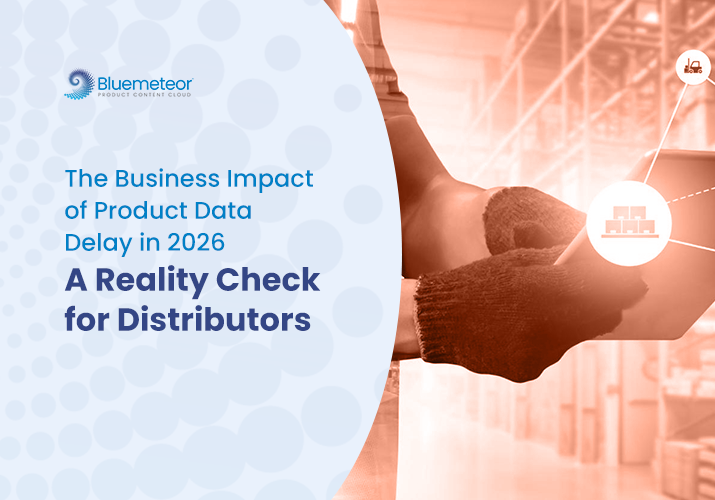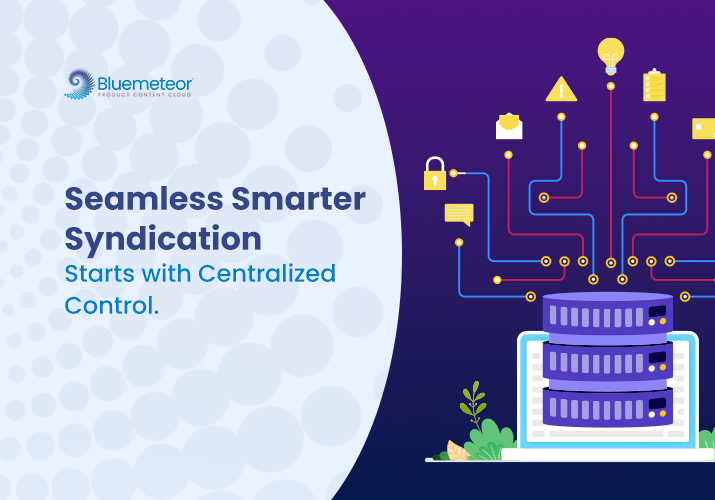Cracking the ERP Code: Solving Epicor Eclipse Integration Challenges
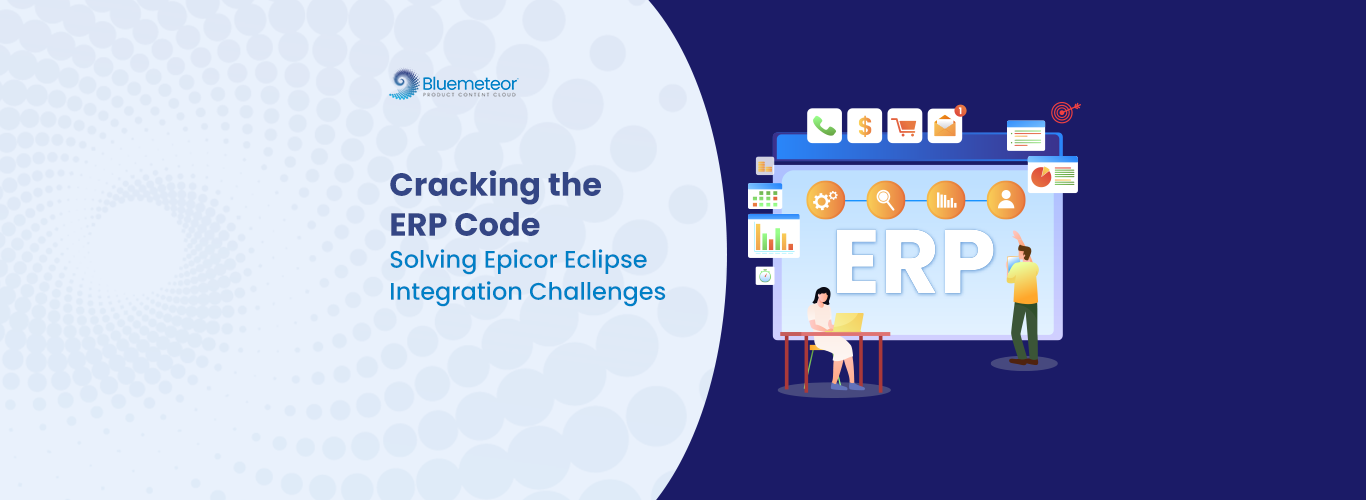
Epicor Eclipse ERP has been the backbone of operations for countless companies. It’s dependable, robust, and designed for high-volume transactions, inventory precision, and complex supply chains.
But when it comes to connecting Eclipse with modern systems like PIM platforms, supplier data feeds, or eCommerce storefronts, things often fall apart.
Teams run into:
- Manual SKU entry that drains time
- Pricing mismatches across systems
- Formatting errors and rejected imports
- Endless IT support tickets
- No home for enriched content like SEO fields, images, or PDFs
Eclipse isn’t outdated; in fact, it still delivers rock-solid performance for the purposes it was originally built to serve.
However, the real challenge comes from the fact that Eclipse wasn’t designed for today’s digital product experience. Instead, the modern landscape demands rich attributes, compelling marketing content, and seamless omnichannel distribution.
That’s where Bluemeteor comes in, not to replace Eclipse, but to extend it.
Why Epicor Eclipse ERP is Reliable
Eclipse ERP remains a go-to platform for operational control, especially where speed, inventory accuracy, and order reliability are non-negotiable. Its foundation comes from a time when omnichannel experiences and rich content weren’t yet part of the playbook.
That means challenges arise when trying to:
- Feed modern product data into Eclipse
- Keep catalogs updated across multiple channels
- Deliver consistent product content across teams and tools
It’s not about Eclipse being obsolete; rather, it’s about bridging two worlds, on one hand, operational rigor, and on the other, product content flexibility.
Why Businesses Find Epicor Eclipse ERP hard to Integrate
Most teams experience integration issues in three core areas:
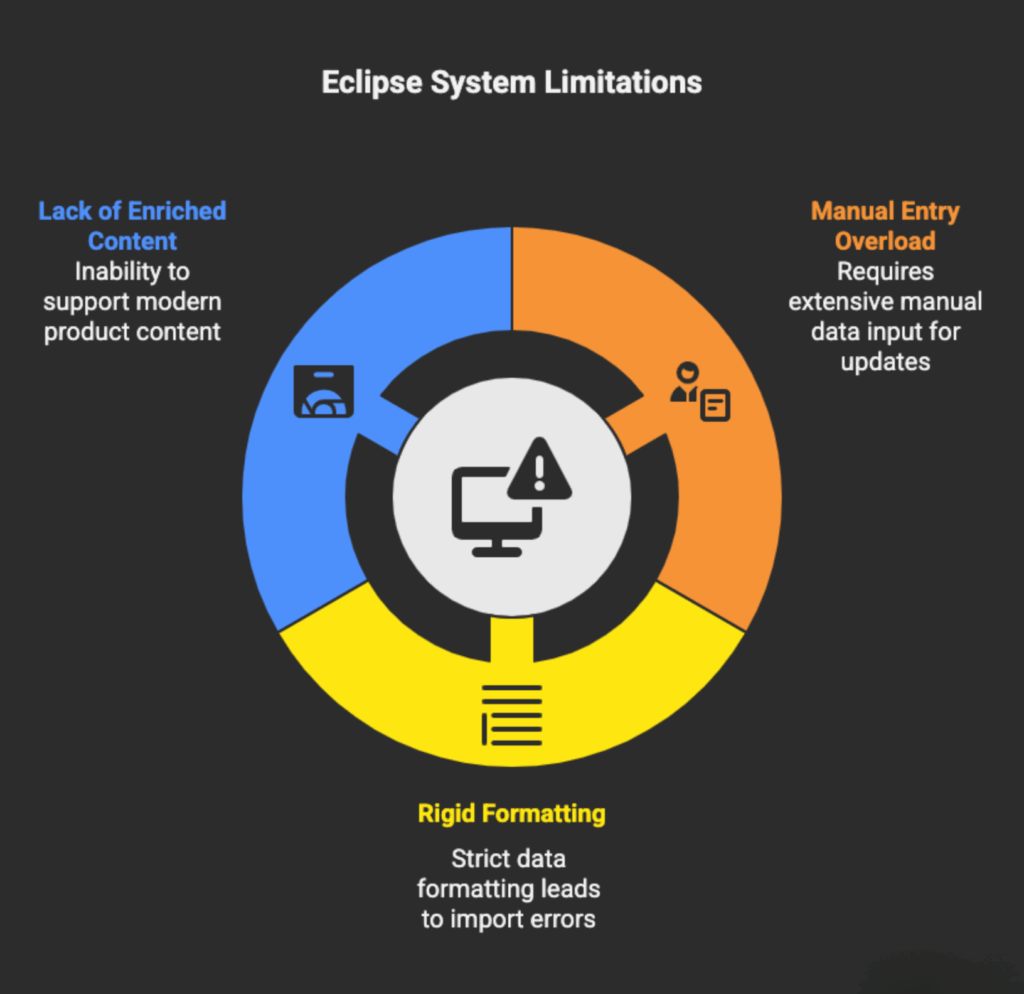
Additionally, when you add in limited API capabilities, most companies find their integration efforts stuck between manual rework, error-prone imports, or clunky middleware.
Common Epicor Eclipse ERP Integration Headaches Across Industries
Whenever teams attempt to sync Eclipse with external systems, they usually run into:
- Data Normalization Nightmares: Supplier feeds arrive in inconsistent formats, requiring endless manual cleanup.
- Pricing Conflicts: Tiered, customer-specific, or contract pricing rarely aligns with Eclipse’s default structure.
- SKU Bottlenecks: New product onboarding is slow and error-prone.
- Attribute Rejections: Units of measure, vendor part numbers, and specs often fail Eclipse’s import checks.
- eCommerce Blind Spots: Enriched product content needed for digital storefronts simply can’t be managed in Eclipse.
In short: Eclipse isn’t the issue. It’s the friction between modern content and legacy structure.
Bluemeteor: Extending Eclipse for the Modern Era
Bluemeteor’s Product Content Cloud complements ERP systems like Eclipse. Instead of forcing Eclipse to manage product data it wasn’t built for, Bluemeteor takes over those duties and handles them with speed and precision.
- Eclipse ERP → Operational data (orders, pricing, inventory).
- Bluemeteor → Product enrichment, supplier feeds, attributes, SEO content, and digital assets.
Ultimately, this layered approach not only unlocks clean, scalable integration but also ensures that Eclipse’s transactional core remains fully intact and undisrupted.
Inside the Bluemeteor Product Content Cloud
1. Ingest once, distribute anywhere
Bluemeteor pulls in data from multiple sources, including industry feeds, manufacturers, and suppliers, and then enriches it right at the source. You only ingest it once, but distribute it everywhere: erp, ecommerce, internal teams, and beyond.
2. Databridge = Built-in ETL engine
Bluemeteor’s Databridge seamlessly transforms messy supplier data into Eclipse-ready formats. First, it maps fields and aligns attributes. Next, it validates formats, and finally, it runs automation rules to prep content for delivery, all without scripting or middleware.
3. Flexible syndication into Eclipse
Bluemeteor delivers data to Eclipse in exactly the structure it needs, whether that’s CSVs, flat files, or APIs. We prep everything, from complex pricing structures to categorized product specs, so it passes Eclipse’s import checks without friction.
4. Separate yet searchable enriched content
Bluemeteor manages SEO fields, long descriptions, marketing assets, PDFs, spec sheets, and more, not Eclipse. This keeps Eclipse lean while giving teams enriched content that’s instantly accessible across platforms.
5. No middleware required
Instead of relying on custom scripts or integration layers, bluemeteor acts as your single source of truth. It communicates directly with eclipse, reducing latency, complexity, and it supports dependencies.
6. Rule-based automation for catalog updates
First, create rules that automatically push updates from suppliers or internal teams. Then, whether it’s seasonal product lines, pricing refreshes, or attribute changes, you can handle everything seamlessly at scale, all while keeping human effort to a minimum.
7. Real-time validation = fewer errors
Validated data eliminates the need for reactive support. As a result, there’s no more chasing failed imports, no more fixing duplicates, and no more reloading broken SKUs.
8. Accelerated ecommerce and digital rollouts
Once the product data is clean and enriched, bluemeteor sends it straight into ecommerce platforms, digital catalogs, and marketplaces, so product pages go live faster, without compromise.
What You Gain When Bluemeteor Is Paired with Eclipse
Organizations using Bluemeteor with Eclipse ERP unlock:
- Automated onboarding for new SKUs
- Faster catalog refresh cycles
- Clean pricing + product mapping across systems
- Dramatically reduced support ticket volumes
- Faster time-to-market for eCommerce channels
- Alignment across ops, sales, and marketing teams
The net effect?
- Operational data stays clean and reliable inside Eclipse
- Enriched content is optimized for digital channels
- Product workflows become faster, more accurate, and scalable
Why a Modern Data Layer Matters
Digital commerce demands speed, accuracy, and content depth. However, ERP systems like Eclipse were never designed to manage content-rich experiences, and they shouldn’t have to. Therefore, modern organizations are creating a clear divide between product operations and content enrichment. And this is exactly where Bluemeteor bridges the gap.
One platform.
One source of truth.
No more duplicate effort.
Eliminate the Bottlenecks. Reclaim Your Time.
If you’re still battling Eclipse integration issues, the problem isn’t your data, it’s asking Eclipse to do more than it was ever meant to. Bluemeteor’s Product Content Cloud is built to take that load off Eclipse, streamline your workflows, and future-proof your stack.
So, want to see how it works?
Then book a personalized demo today, and you’ll discover how Bluemeteor seamlessly simplifies ERP and product content operations, all without ripping anything out.

